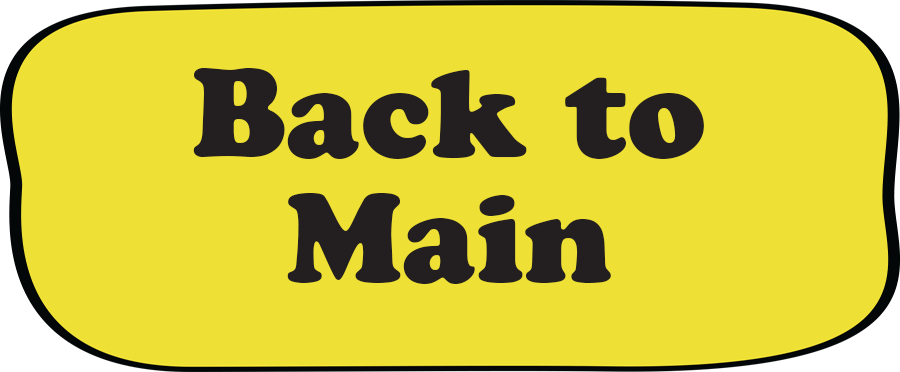Thomas' Drum
Thomas McKay, a Ganada (Raven) of the Nisga’a, felt the spiritual calling to become a healer at an early age; this came as a surprise not only for his family, but for his whole tribe. In reality, he is one of the very few Nisga’a spiritual healers left, as residential schools and years of persecution practically destroyed this tradition.
Today he is preparing a new Shamanic drum, which will assist him in connecting with the spiritual world.
Today he is preparing a new Shamanic drum, which will assist him in connecting with the spiritual world.
|
He has made a smooth frame with pieces of cedar he found at the edges of the Nass river, which he shaped as a hexagon.
Each piece of cedar forming the sides of the drum measure exactly 6 inches. He kept the distances between opposing sides equal, so his hexagon turned out perfect. The frame is 3 inches deep. |
He needs to cut a large piece of elk hide to cover his drum, but does not want to waste any of the skin.
Considering that the cut hide has to be a circle, and that he wants it to cover the underside by no more than one inch all around to allow for stretching, what is the surface area of the smallest piece of hide that Thomas needs to cut in order to finish his drum?
Can you also determine the surface area of the original hexagon shape? Sketch the drum shape to assist you in finding the answer.
Please title your calculations "Thomas' Drum" and place them in your binder, under measuring and value.
Help Thomas further by suggesting a pattern (tessellation) he could use as a border for his drum which would visually complement the Raven picture.
Watch the video about tessellations below.
Use construction paper to create your tessellation. Have fun!
Considering that the cut hide has to be a circle, and that he wants it to cover the underside by no more than one inch all around to allow for stretching, what is the surface area of the smallest piece of hide that Thomas needs to cut in order to finish his drum?
Can you also determine the surface area of the original hexagon shape? Sketch the drum shape to assist you in finding the answer.
Please title your calculations "Thomas' Drum" and place them in your binder, under measuring and value.
Help Thomas further by suggesting a pattern (tessellation) he could use as a border for his drum which would visually complement the Raven picture.
Watch the video about tessellations below.
Use construction paper to create your tessellation. Have fun!


